Living in one place hasn’t always been the way of life for humans. Before cities and permanent settlements became the norm, entire communities moved with the seasons, following herds and weather patterns that shaped their daily existence.
Today, while most people live in fixed locations, there are still places where the ancient practice of nomadic life continues to thrive, offering a fascinating glimpse into a way of life that has nearly vanished from our modern world. Step away from the familiar comfort of stable walls and fixed addresses to discover places where home is wherever you pitch your tent.
These destinations keep ancient traditions alive while welcoming curious travelers into their world.
Mongolian Steppes, Mongolia
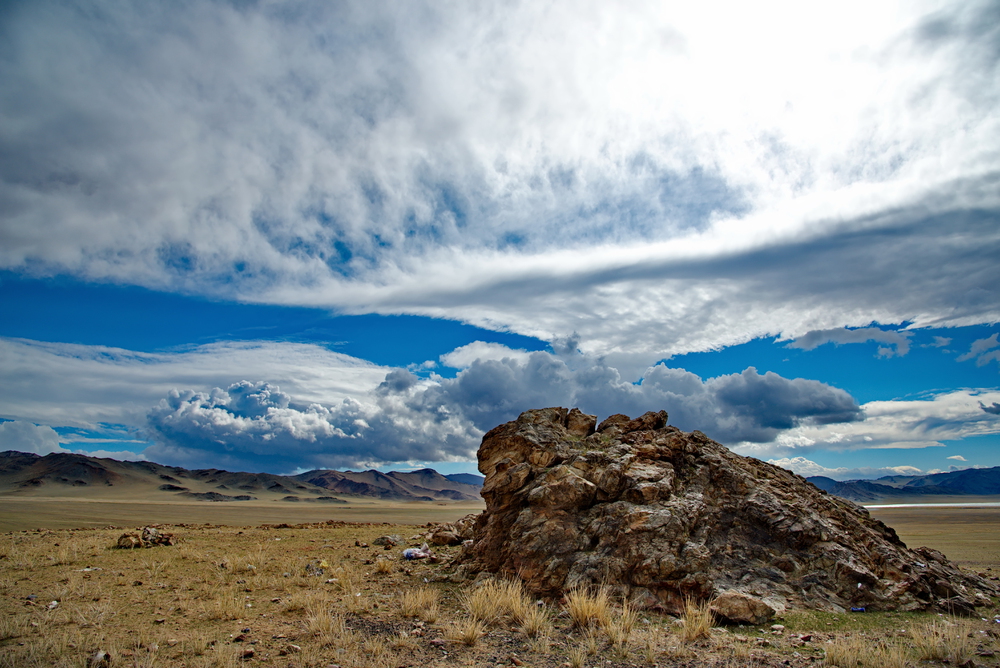
The endless grasslands of Mongolia remain one of the last true havens of nomadic culture, where families still live in traditional gers and move with their livestock several times a year. Visitors can stay with nomadic families, learning to milk mares and help tend to sheep and goats across vast stretches of the unbroken horizon.
Local families welcome guests into their homes, sharing fermented mare’s milk and teaching traditional games played on horseback. The best time to visit is during the Naadam Festival when nomadic families gather to compete in wrestling, archery, and horse racing.
Sahara Desert, Morocco

Deep in Morocco’s portion of the Sahara, Berber nomads continue their centuries-old traditions of crossing the desert with camel caravans. Visitors can join these communities for authentic desert camping experiences, sleeping under stars that shine with incredible clarity in the pollution-free sky.
Local guides share ancient navigation techniques that have helped their people survive in one of Earth’s most challenging environments for generations. Traditional mint tea ceremonies and bread baking in the sand provide intimate glimpses into daily desert life.
Like Travel Pug’s content? Follow us on MSN.
Maasai Mara, Kenya
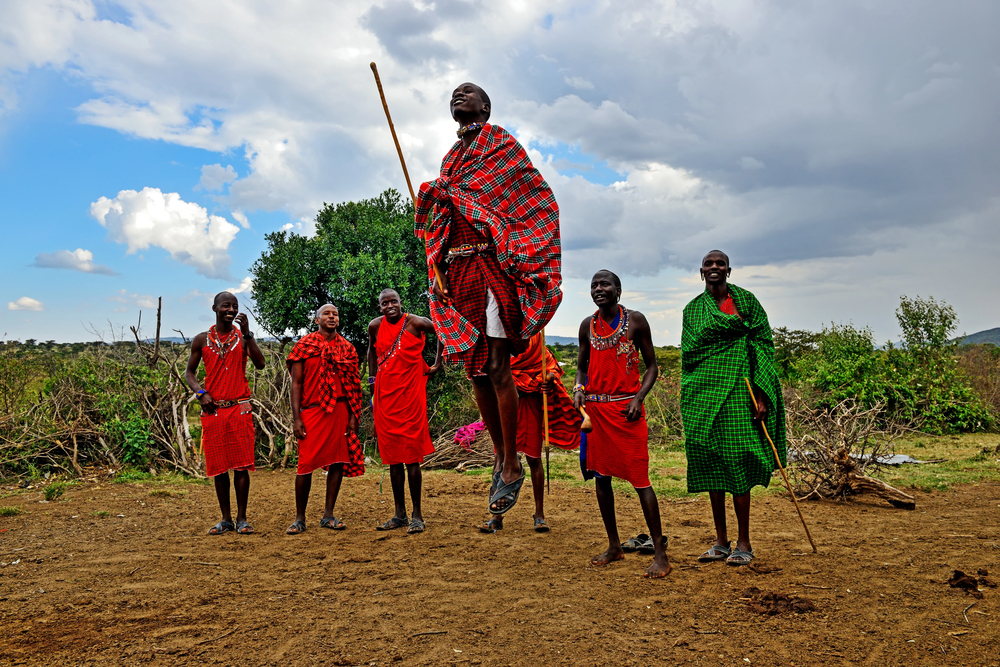
The Maasai people of Kenya maintain their traditional lifestyle despite the modern world pressing in from all sides. Their distinctive red clothing and beadwork are visual reminders of cultural traditions that have remained largely unchanged for centuries.
Visitors can participate in daily activities like cattle herding and learn about traditional plant medicines that the Maasai still use today. The community’s deep connection to their cattle and the land offers profound lessons about sustainable living.
Hunza Valley, Pakistan
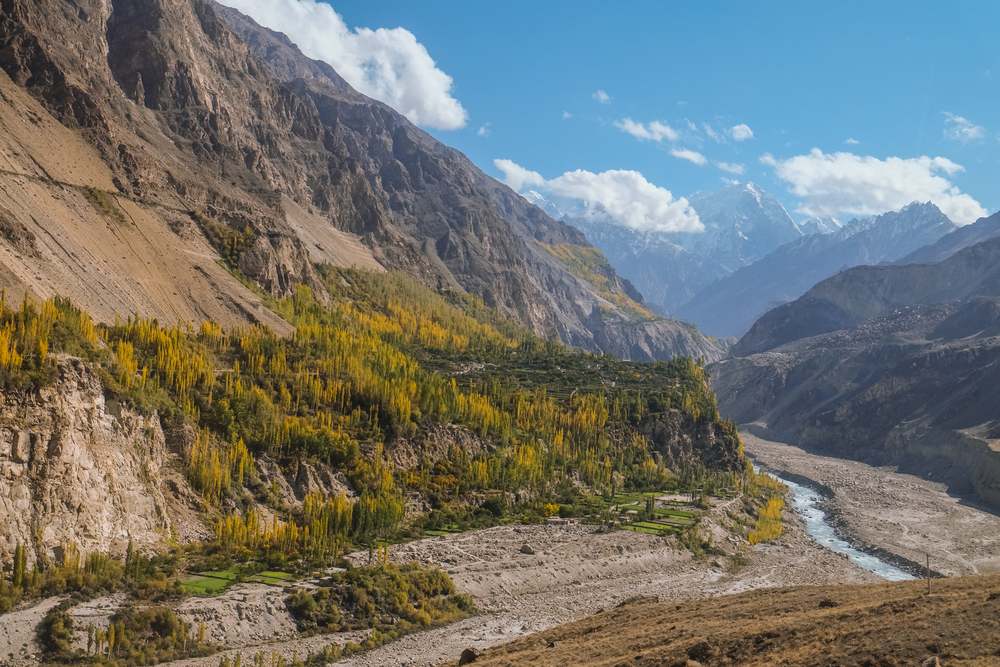
Nestled in the Karakoram Mountains, the Wakhi people of Hunza Valley practice seasonal migration between summer and winter pastures. Their traditional stone and mud houses serve as bases while they move their yaks and sheep to different altitudes throughout the year.
Visitors can trek alongside herders as they navigate ancient mountain paths that have connected Central Asian communities for thousands of years. The locals share stories of their ancestors while preparing traditional dishes like Tumoro tea and hand-pulled noodles.
Sami Lands, Norway
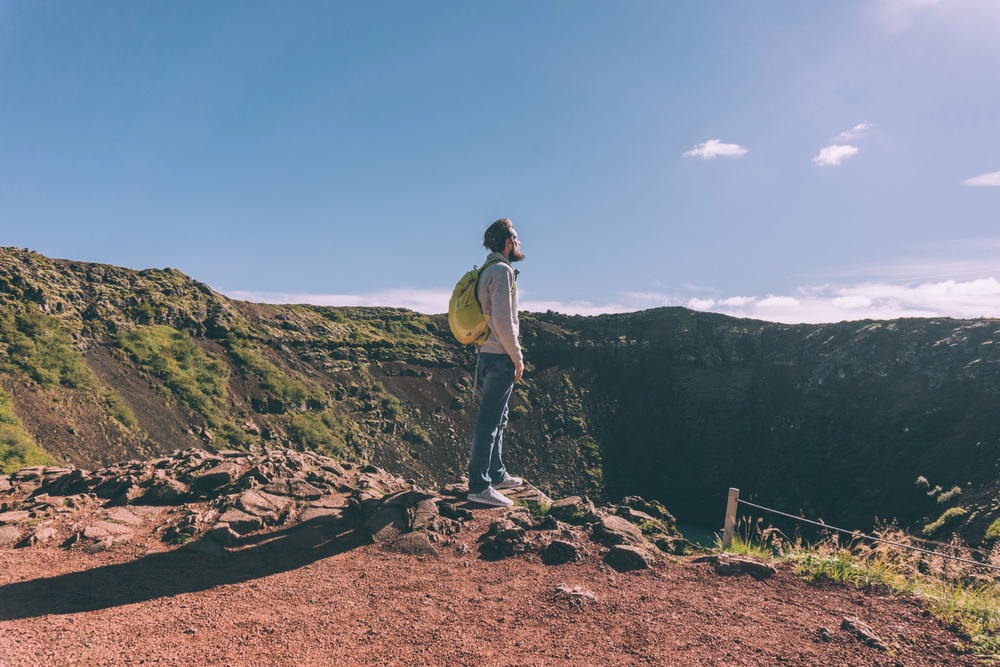
The Indigenous Sami people of northern Norway continue their traditional reindeer herding lifestyle in the Arctic Circle. Their colorful clothing and intricate handicrafts reflect centuries of adaptation to one of the world’s harshest environments.
Visitors can stay in lavvu tents, traditional cone-shaped dwellings that provide surprising warmth against the arctic winds. Witnessing the midnight sun or northern lights while learning about Sami culture makes this experience particularly magical.
Like Travel Pug’s content? Follow us on MSN.
Tibetan Plateau, China
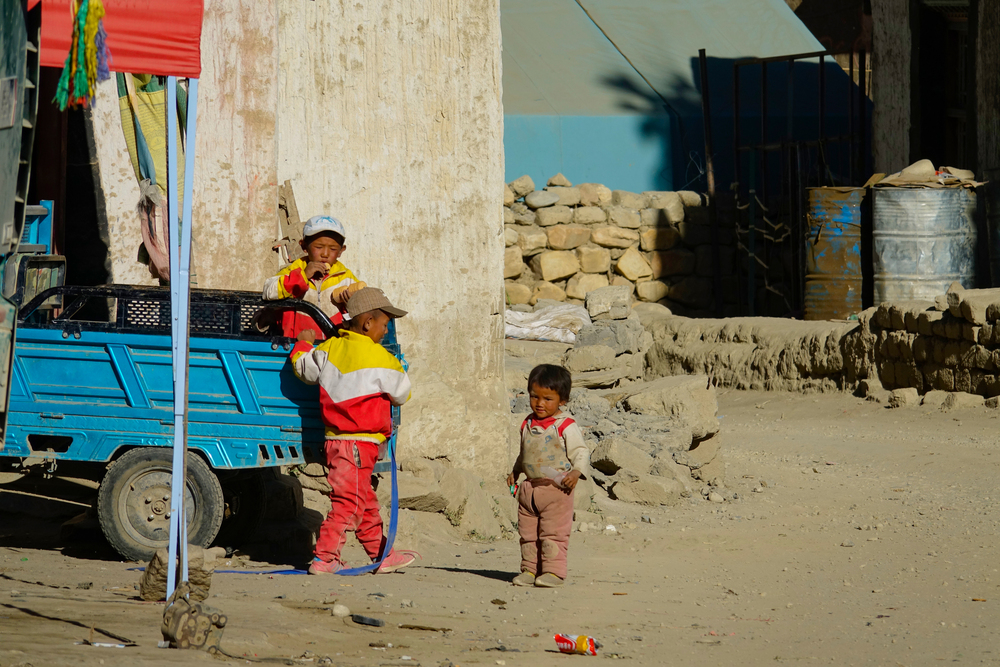
The high-altitude grasslands of Tibet host nomadic yak herders who live much as their ancestors did centuries ago. Families welcome visitors into their black yak-hair tents, sharing butter tea and tsampa while discussing their lifestyle at the ‘roof of the world.’
Traditional prayer flags flutter in the wind as nomads go about their daily tasks of milking yaks and making cheese—the sound of traditional songs and the sight of prayer wheels turning create an unforgettable atmosphere.
Rajasthan Desert, India
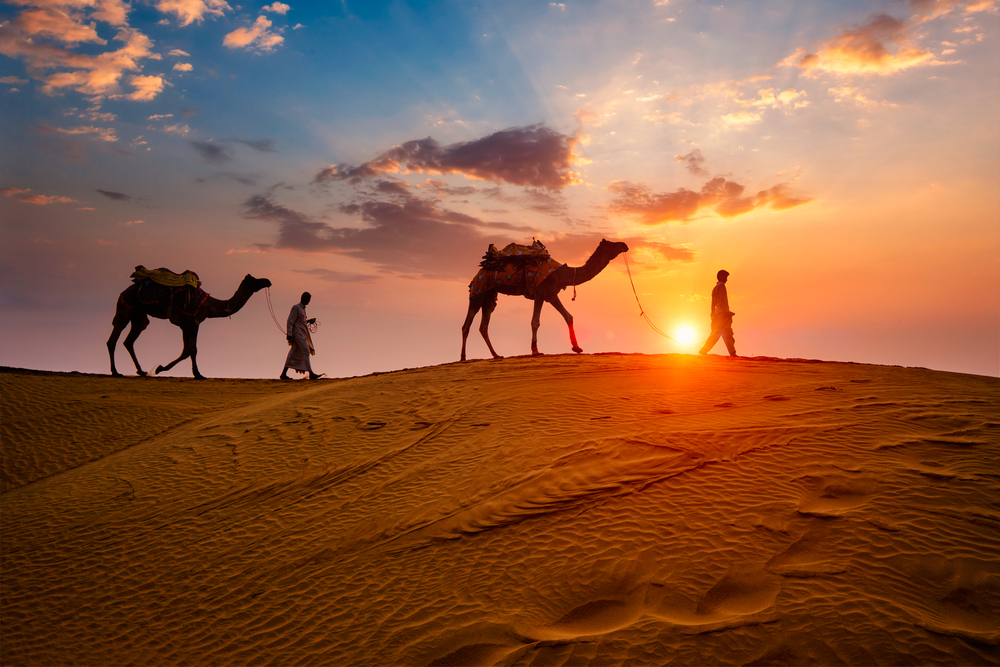
For over a thousand years, the Rabari nomads of Rajasthan have traversed India’s western desert with their camels and cattle. Their intricate silver jewelry and white clothing stand out against the golden sands of the Thar Desert.
Visitors can learn about traditional camel husbandry and the art of turban wrapping while camping under the desert sky. The evening comes alive with folk songs and stories passed down through generations.
Kyrgyz Highlands, Kyrgyzstan
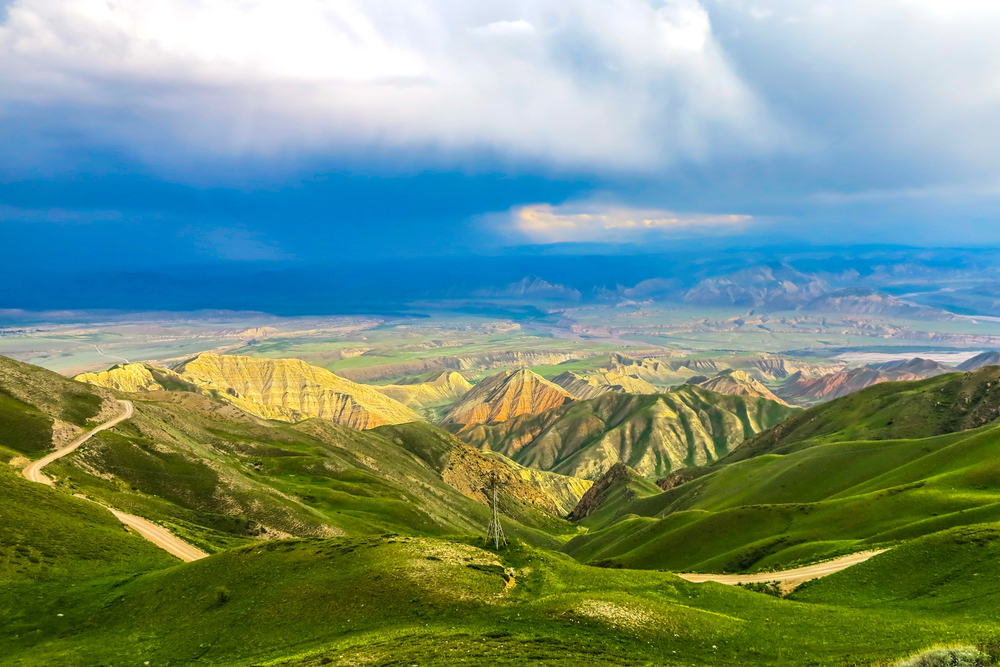
The high mountain pastures of Kyrgyzstan host nomadic families who still practice the traditional summer migration known as jailoo. When families move their horses and sheep to rich alpine meadows in summer, their yurts dot the landscape.
Visitors can learn to make traditional felt carpets and taste kumis, fermented mare’s milk that is a staple of the nomadic diet. The hospitality of these mountain peoples reveals the deep connection between landscape and lifestyle.
Like Travel Pug’s content? Follow us on MSN.
Afar Region, Ethiopia
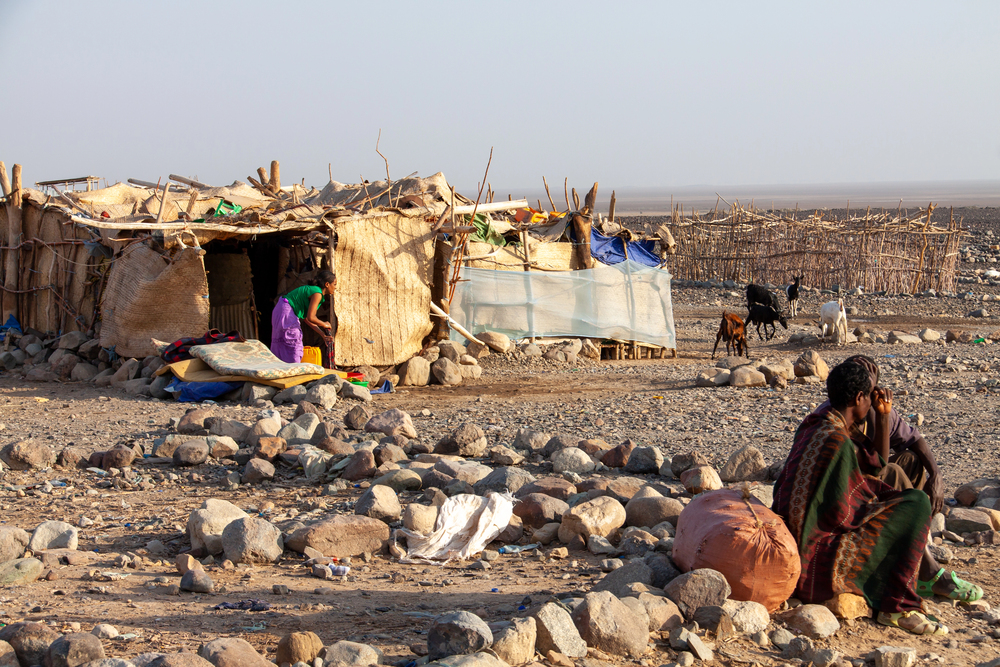
The Afar people navigate one of Earth’s most extreme environments in Ethiopia’s Danakil Depression. Their knowledge of ancient salt trading routes and ability to thrive in intense heat showcase human adaptation.
Visitors can join camel caravans transporting salt blocks and learn about traditional navigation methods used for generations. The community’s resilience and traditional conflict resolution systems provide insights into sustainable desert living.
Altai Mountains, Russia
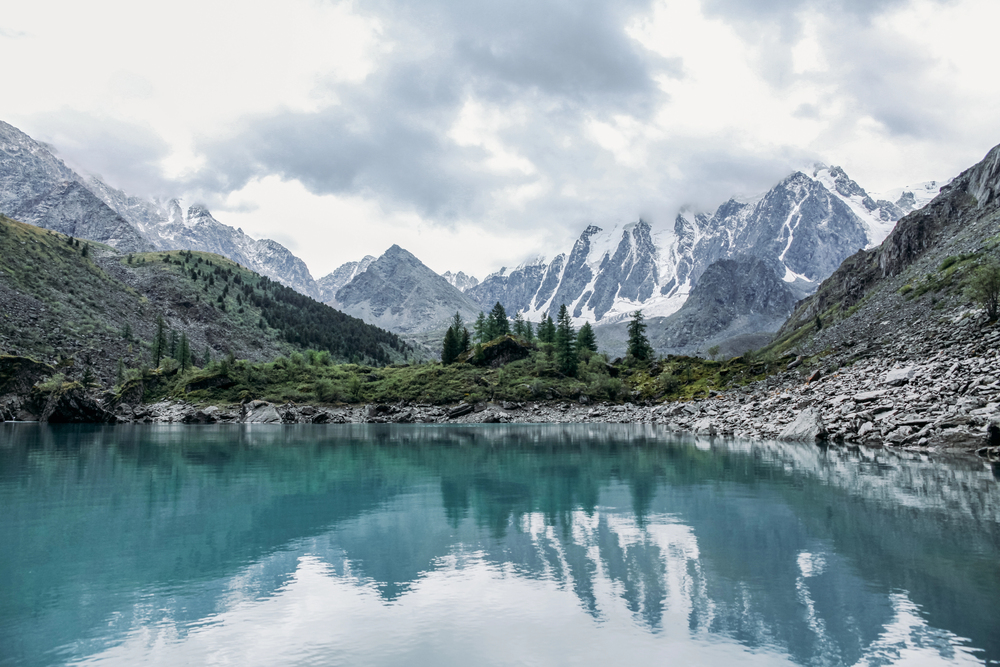
The Altai people maintain their ancestral traditions in the rugged mountains where Russia, Mongolia, China, and Kazakhstan meet. Their ancient practice of eagle hunting continues, with skills passed down through generations of nomadic families.
Visitors can stay in traditional ail dwellings, learning about the sacred relationship between hunters and their golden eagles. The surrounding landscape of snow-capped peaks and virgin forests creates a backdrop for understanding humanity’s connection to nature.
Rann of Kutch, India
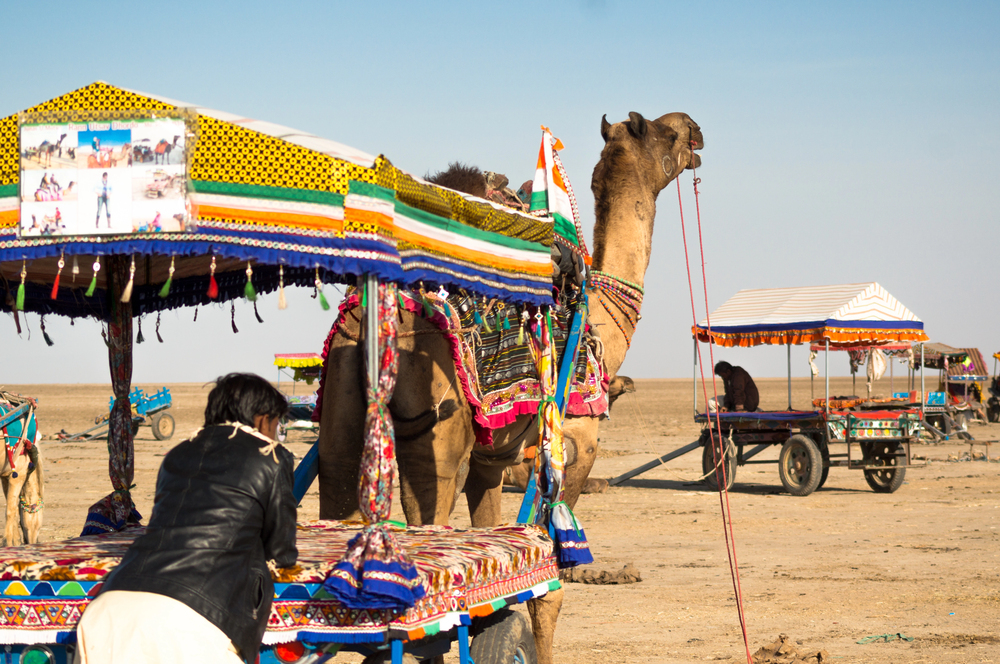
The seasonal salt marsh of Kutch hosts several nomadic communities that have adapted to life in this ever-changing landscape. Their distinctive mirrorwork embroidery and leather crafts reflect generations of artistic tradition.
Visitors can learn about traditional weather prediction methods and the importance of the annual migration cycle. The full moon nights over the white salt desert create an otherworldly setting for experiencing nomadic life.
Like Travel Pug’s content? Follow us on MSN.
Gobi Desert, Mongolia
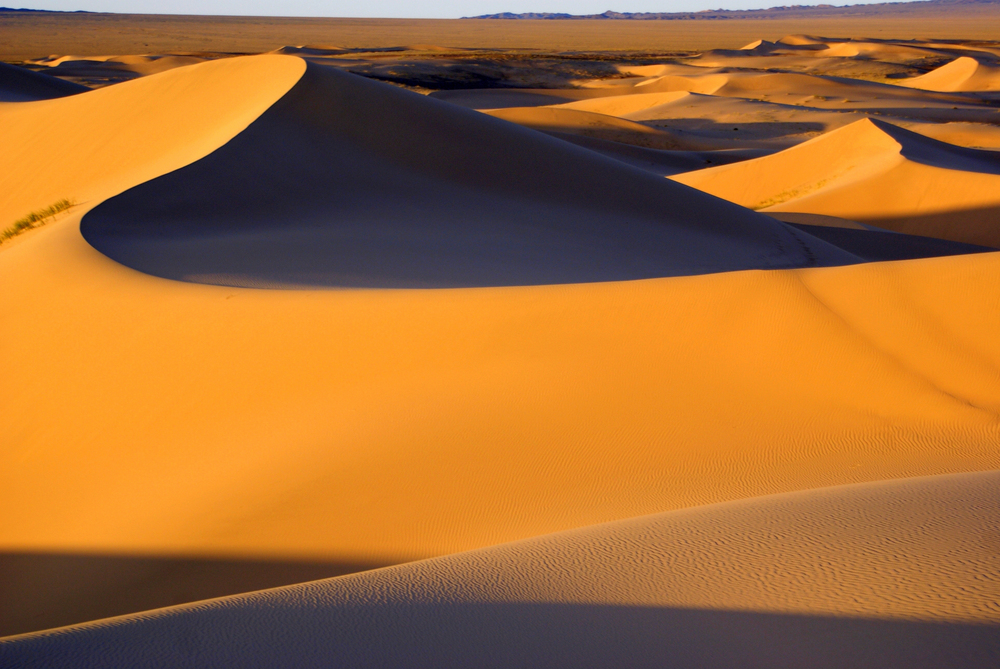
The Gobi’s extreme environment hosts communities who have mastered the art of desert survival through centuries of nomadic wisdom. Their knowledge of finding water sources and predicting weather patterns has been passed down countless generations.
Visitors can learn traditional methods of making dairy products and experience the daily rhythm of desert life. Seeing camels silhouetted against massive dunes creates unforgettable memories of this harsh but beautiful landscape.
Atlas Mountains, Morocco
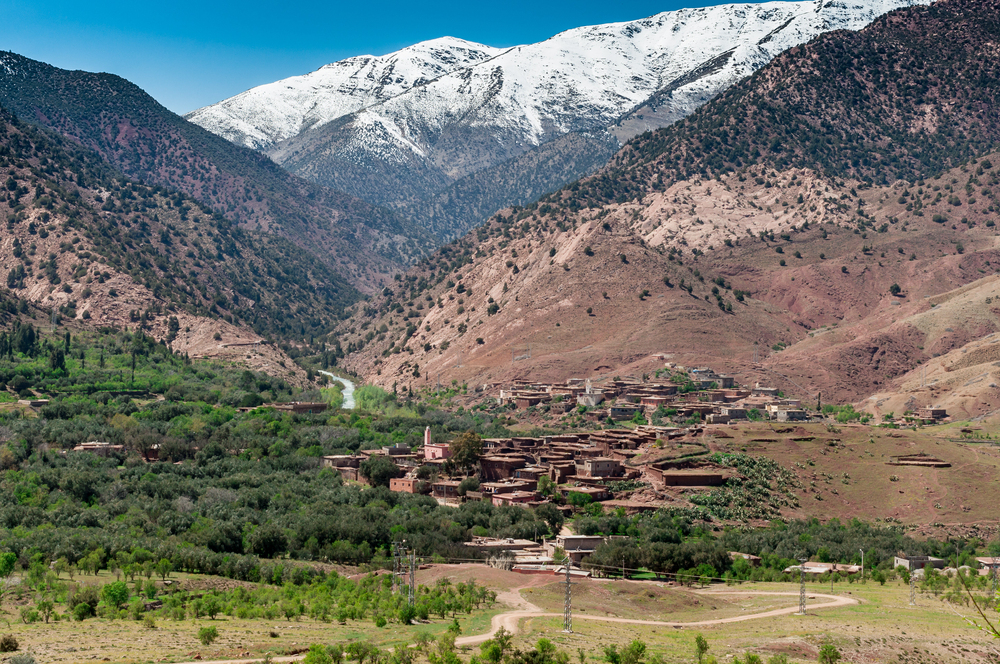
The Amazigh people of the Atlas Mountains maintain their traditional seasonal migrations between summer and winter pastures. Their knowledge of medicinal plants and traditional weather patterns helps them navigate life in these rugged mountains.
Visitors can learn about traditional weaving techniques and the art of making preserved lemons and olives. Traditional Amazigh music echoing through mountain valleys creates a timeless atmosphere.
Ladakh Region, India
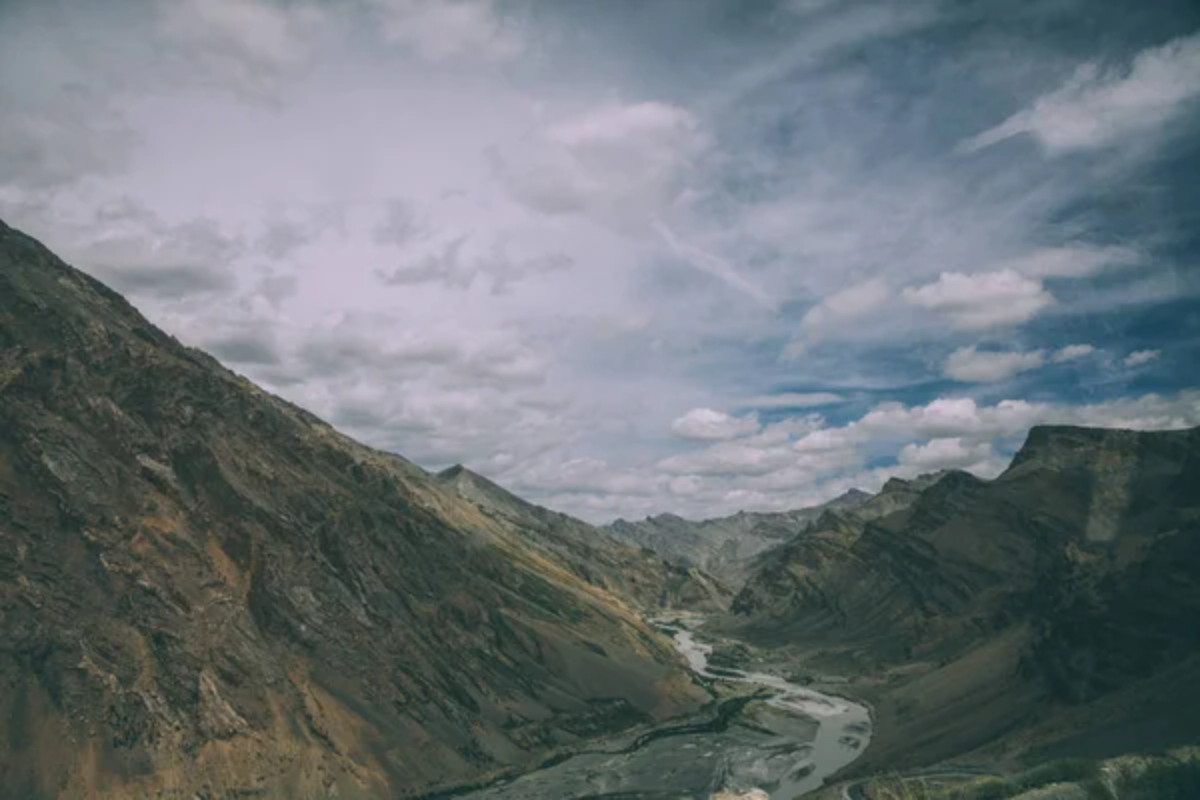
The high-altitude desert of Ladakh hosts Changpa nomads who herd yaks and pashmina goats in extreme conditions. Their traditional stone shelters and prayer flags dot the landscape at elevations exceeding 14,000 feet.
Visitors can learn about the traditional weaving of pashmina wool and the art of making butter tea. The stark beauty of the Himalayan landscape provides a dramatic backdrop for experiencing this unique way of life.
Like Travel Pug’s content? Follow us on MSN.
Caucasus Mountains, Georgia
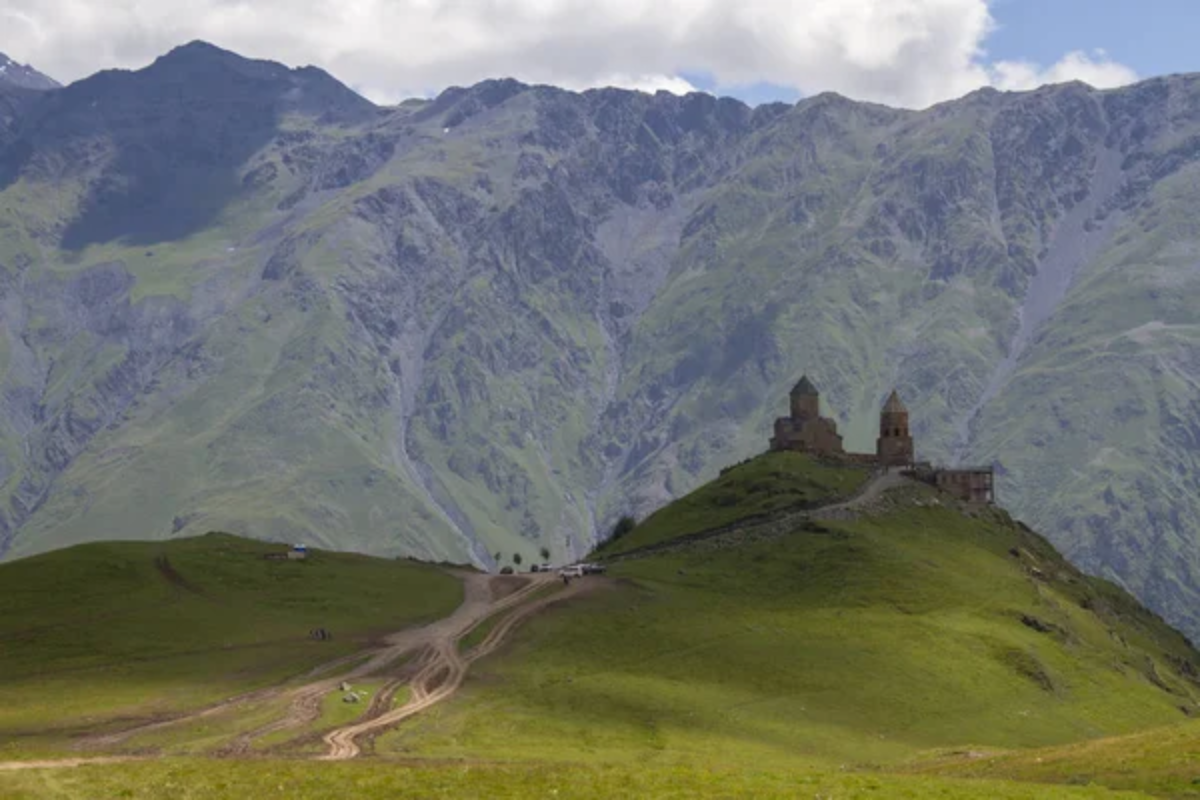
The shepherds of Georgia’s Tusheti region continue their ancestral traditions of seasonal migration with sheep flocks. Their traditional towers and stone villages serve as bases for summer grazing in high mountain pastures.
Visitors can learn about traditional cheese-making methods and the art of distilling chacha, a local grape spirit. The ancient stone pathways and medieval villages create a setting that seems frozen.
Omo Valley, Ethiopia
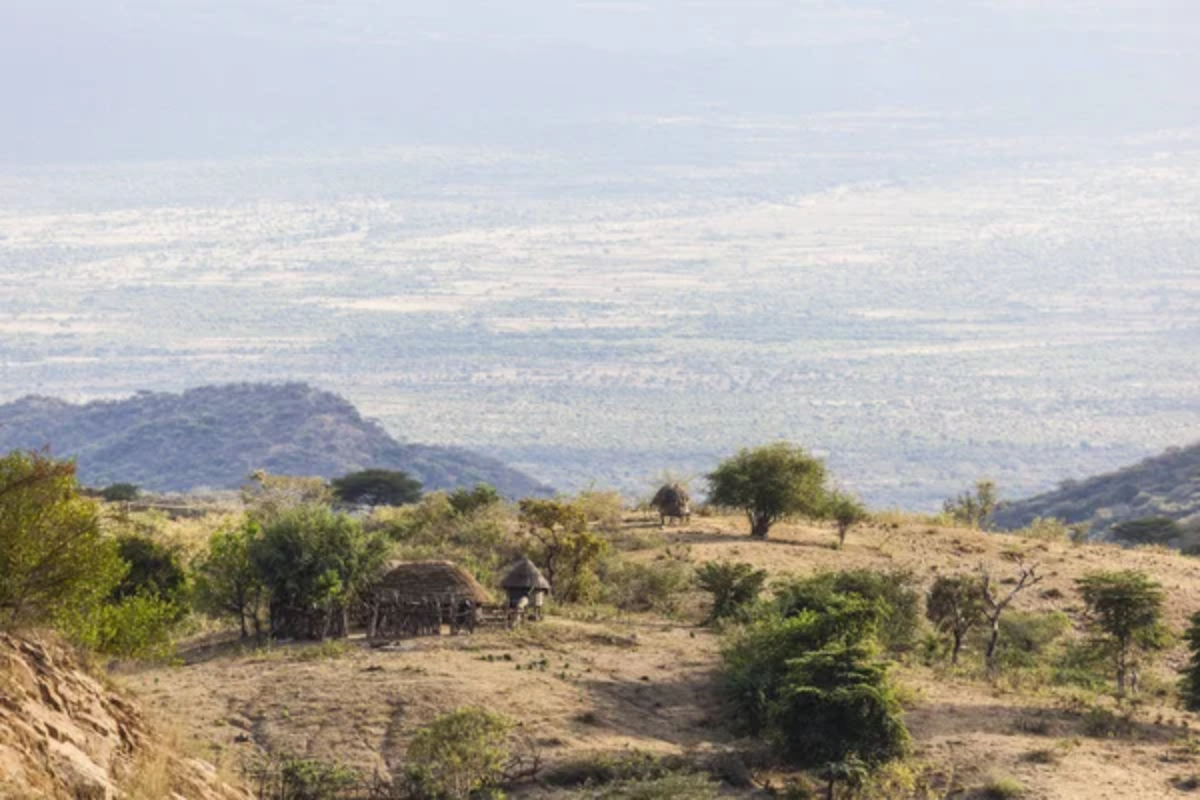
The various tribes of Ethiopia’s Omo Valley maintain distinct nomadic traditions that have survived for centuries. Their body painting and ceremonial dress showcase some of Africa’s most striking cultural expressions.
Visitors can learn about traditional beekeeping methods and the importance of cattle in tribal life. The rhythm of daily life along the Omo River provides insights into how humans first learned to live with nature.
Wakhan Corridor, Afghanistan
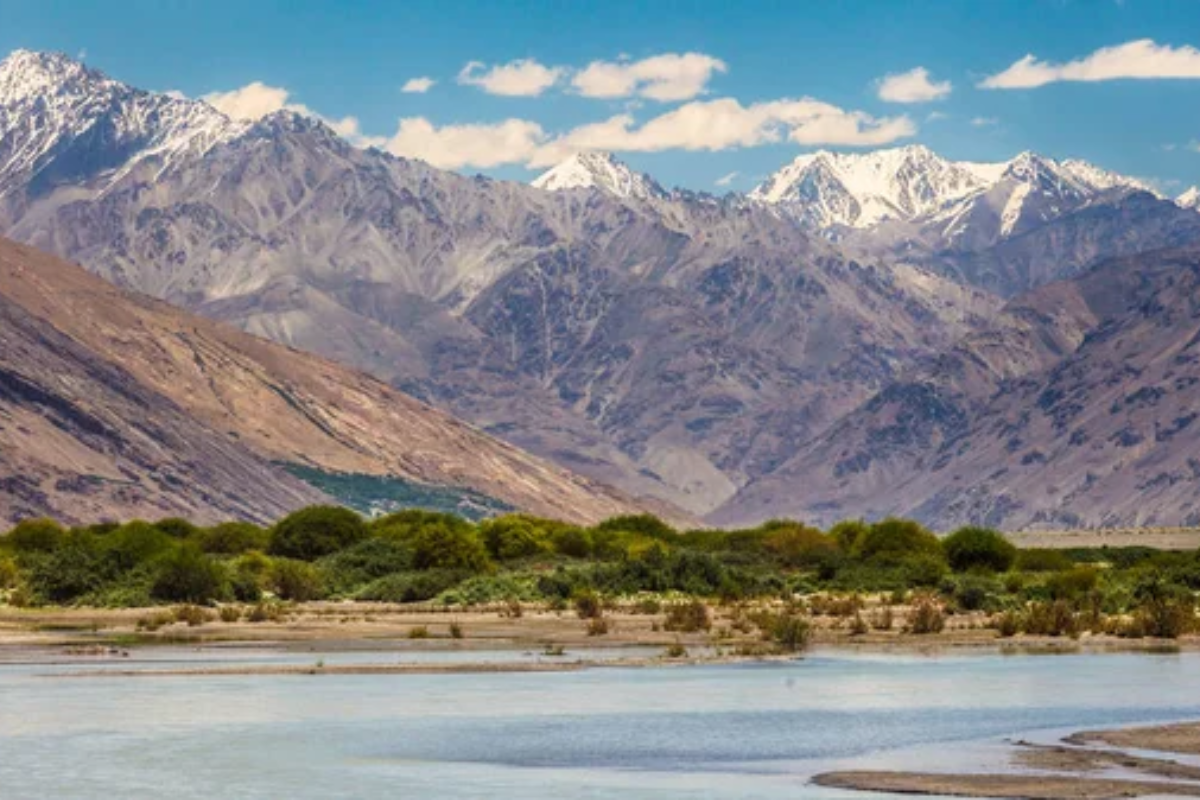
The Wakhi and Kyrgyz peoples of the Wakhan maintain traditional high-altitude herding lifestyles in extreme isolation. Their traditional stone houses and yurts dot the landscape along ancient Silk Road routes.
Visitors can learn about traditional yak herding and making traditional felt products. The dramatic Hindu Kush mountains provide a stunning backdrop for experiencing this preserved way of life.
Like Travel Pug’s content? Follow us on MSN.
Andean Highlands, Peru
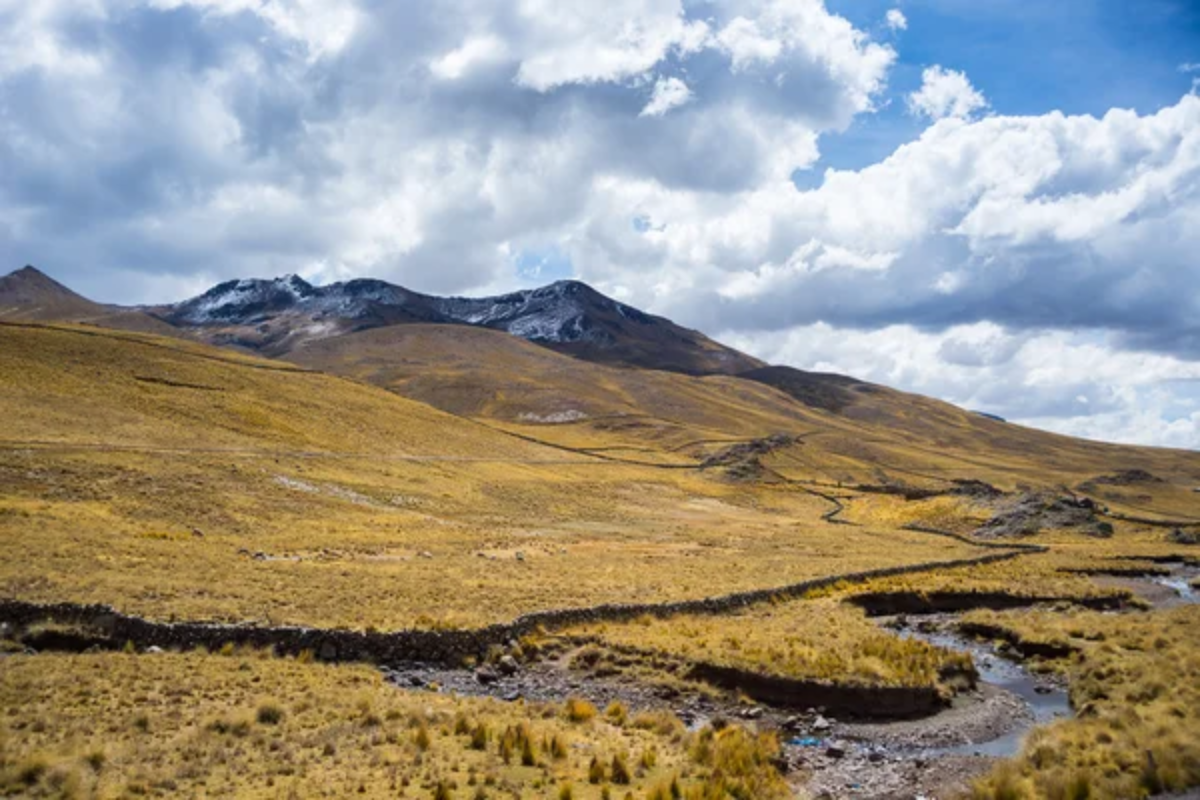
The Quechua herders of the high Andes maintain traditional livestock management practices passed down from Inca times. Their colorful traditional clothing and intricate weaving patterns tell stories of ancient cultural connections.
Visitors can learn about traditional methods of preserving potatoes and the importance of coca leaves in daily life. The sight of alpaca herds against the backdrop of snow-capped peaks creates a timeless scene.
Yamal Peninsula, Russia
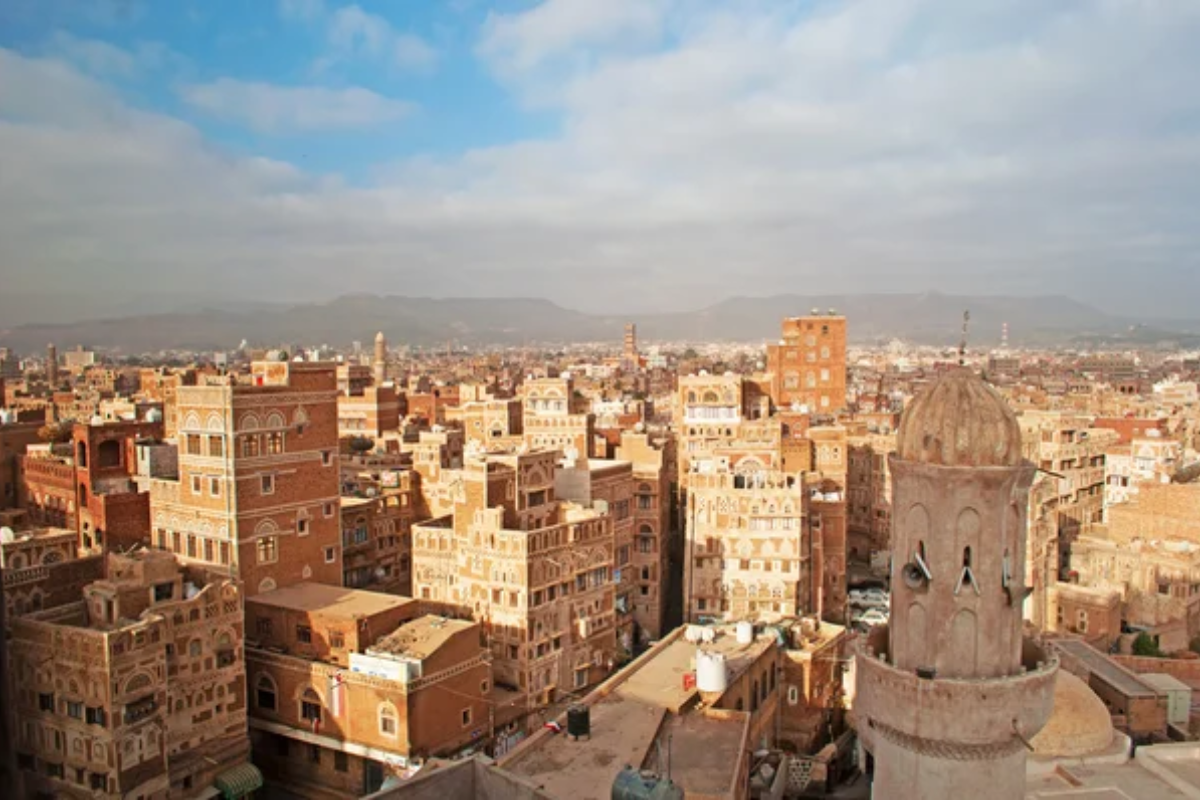
The Nenets people of the Russian Arctic continue their traditional reindeer herding lifestyle in one of Earth’s most challenging environments. Their traditional chums (tent dwellings) provide shelter during migrations that can cover hundreds of miles.
Visitors can learn about traditional methods of using every part of the reindeer and the art of staying warm in extreme cold. The endless tundra and northern lights create an otherworldly setting for experiencing this ancient way of life.
Thar Desert, Pakistan
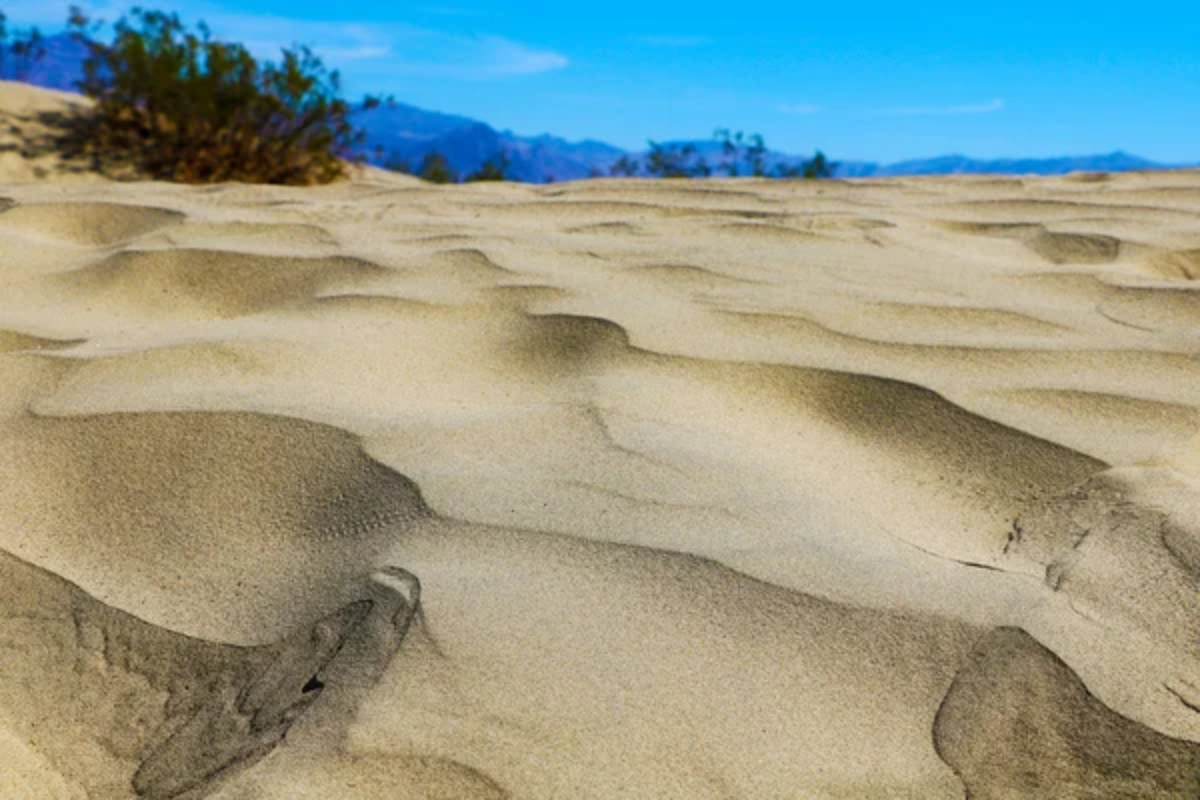
The Thari people of Pakistan’s Cholistan Desert maintain ancient nomadic traditions in harmony with the desert environment. Their knowledge of finding water in the desert and predicting sandstorms has been crucial to their survival for generations.
Visitors can learn about traditional methods of carpet weaving and the art of cooking in the desert. The shifting dunes and star-filled nights create an unforgettable backdrop for desert nomadic life.
Like Travel Pug’s content? Follow us on MSN.
Paths That Never End
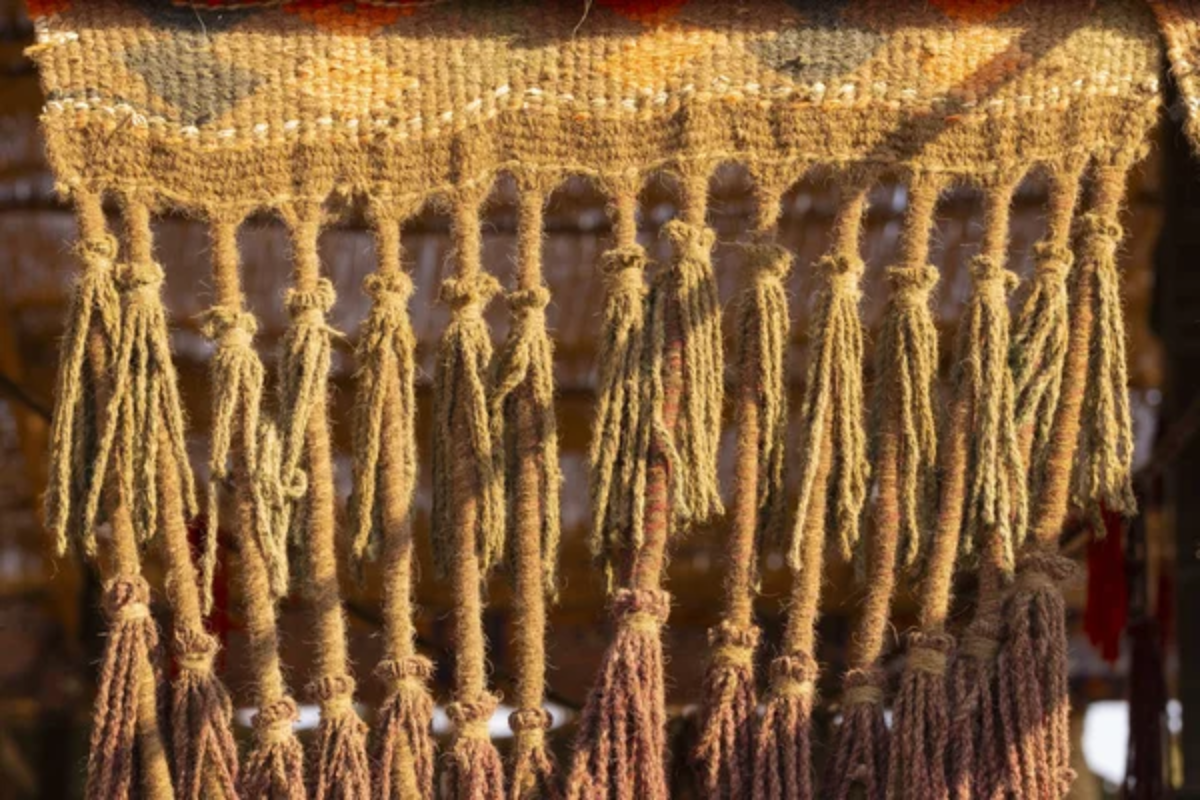
The persistence of nomadic traditions in our modern world shows how some ways of life resist the pull of change. These communities maintain profound connections to the land, weather patterns, and animal migrations that most have forgotten.
While cities grow and technology advances, these nomadic cultures remind us of different ways to understand our relationship with the natural world. Their wisdom about sustainable living and adaptation to extreme environments may hold the keys to humanity’s future in a changing world.
More from Travel Pug

- 20 Towns Built for One Purpose That Were Later Abandoned
- 15 Hidden Spots in Disney World’s Magic Kingdom Most Visitors Miss
- 15 Most Scenic Walks Anywhere in The World
- 15 Canyons in the U.S. That Are Just as Stunning as the Grand Canyon
- 10 Under-the-Radar Mountain Towns That Are Both Affordable and Beautiful
Like Travel Pug’s content? Follow us on MSN.
